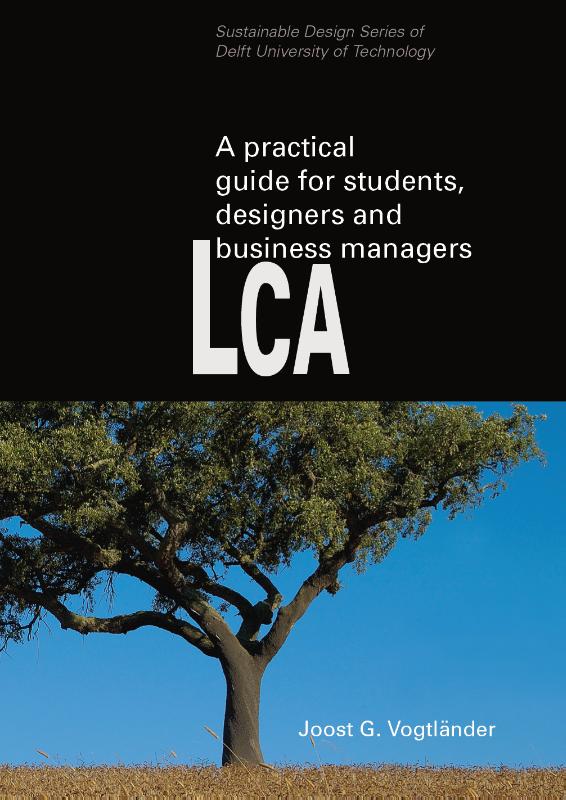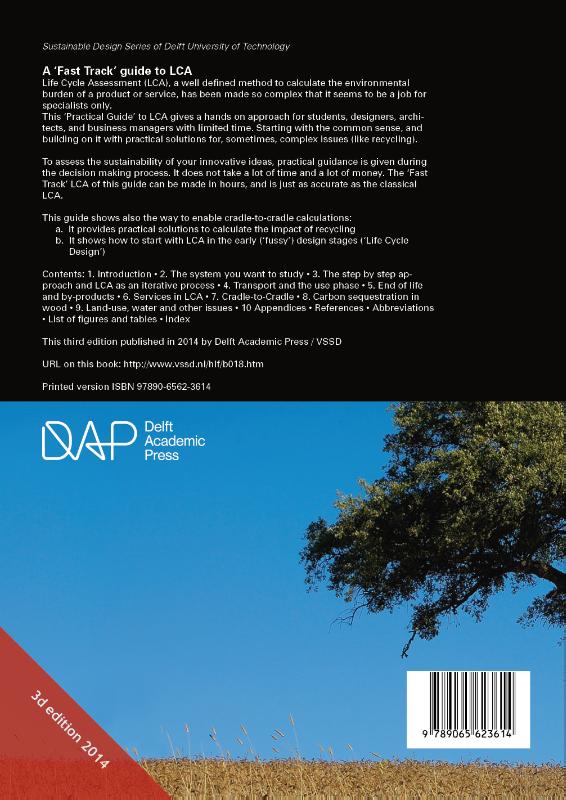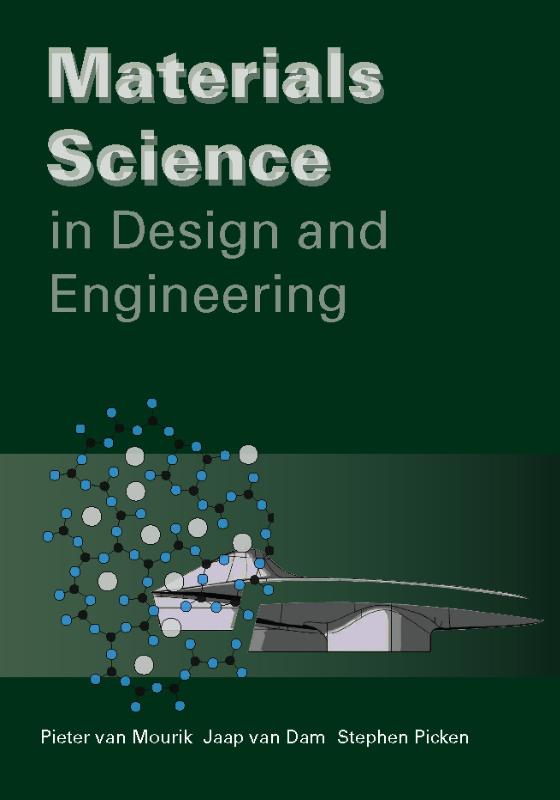A practical guide to LCA for students designers and business managers
cradle-to-grave and cradle-to-cradle
Maak tweedehands je eerste keus
- Alle boeken zijn met de hand gecontroleerd
- 30 dagen retourgarantie
- Gratis verzending vanaf 4 boeken of 40 euro
- Op werkdagen voor 15:00 besteld, dezelfde dag verzonden
nog 1 op voorraad
15,85

A practical guide to LCA for students designers and business managers
Als nieuw
ISBN
9789065623614
Bindwijze
Paperback
Taal
Engels
Auteur
Uitgeverij
Delft Academic Press / VSSD
Jaar van uitgifte
2014
Aantal pagina’s
122
Waar gaat het over?
Lees verder
Recensies


